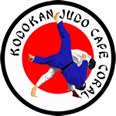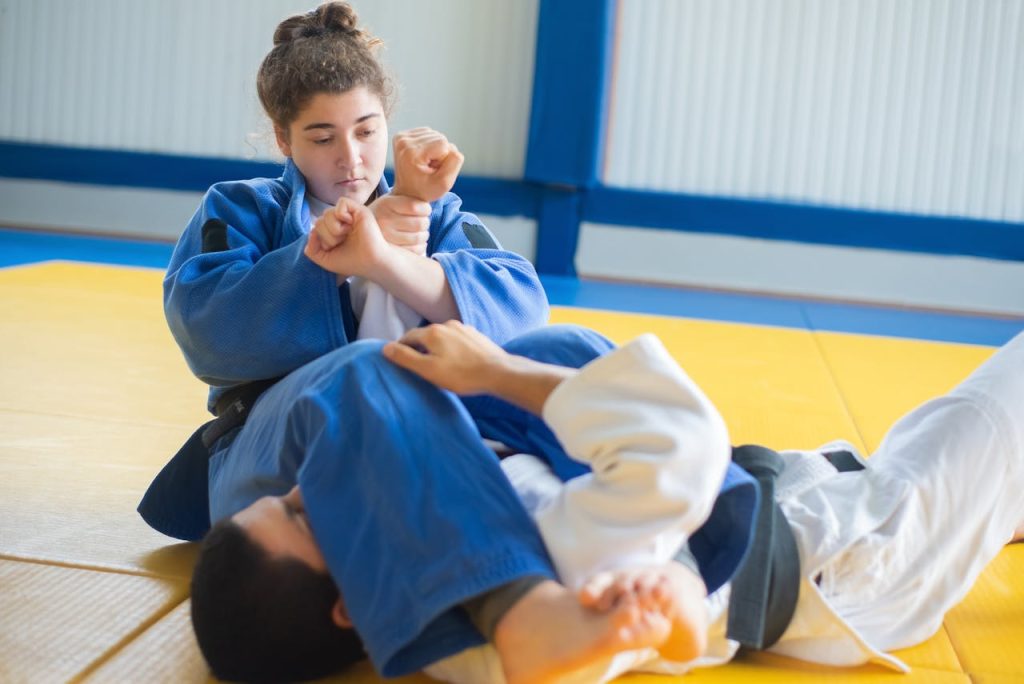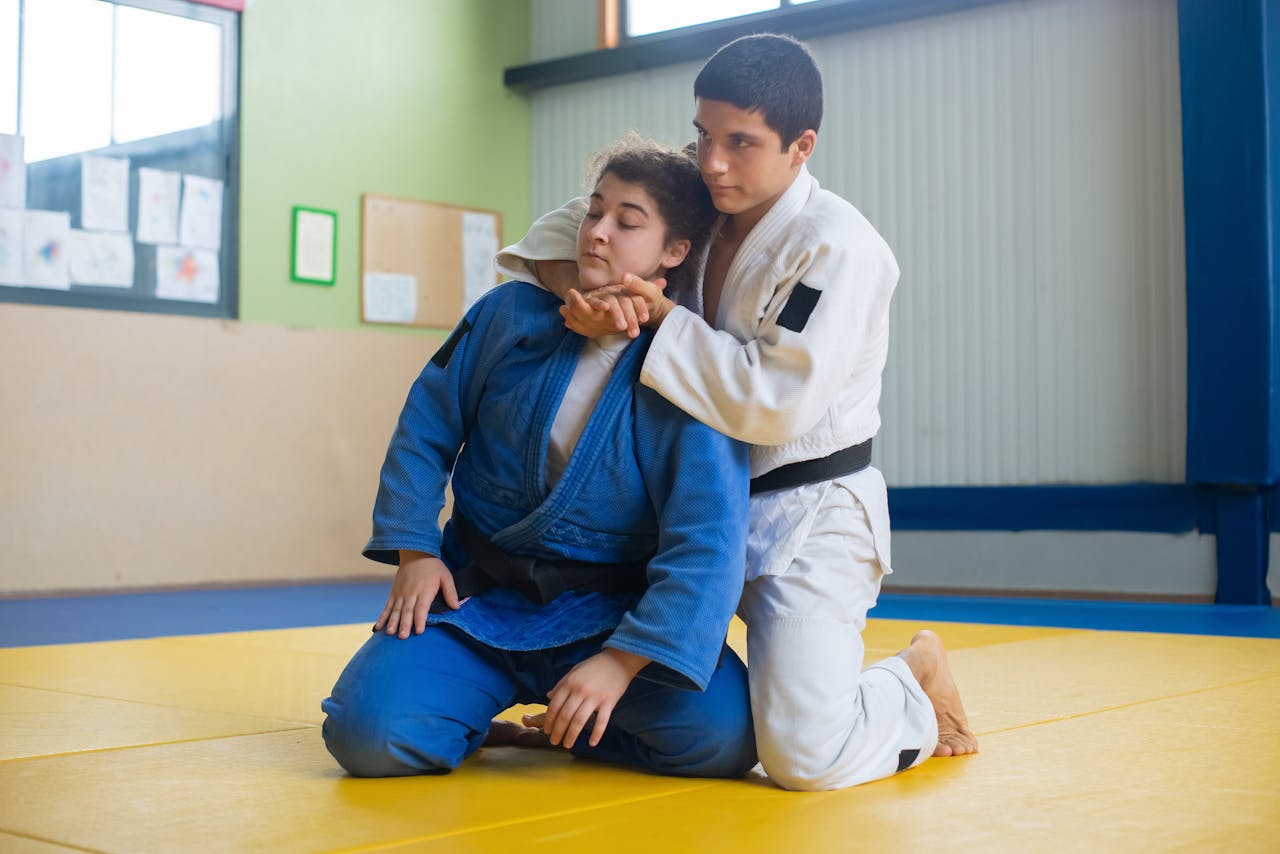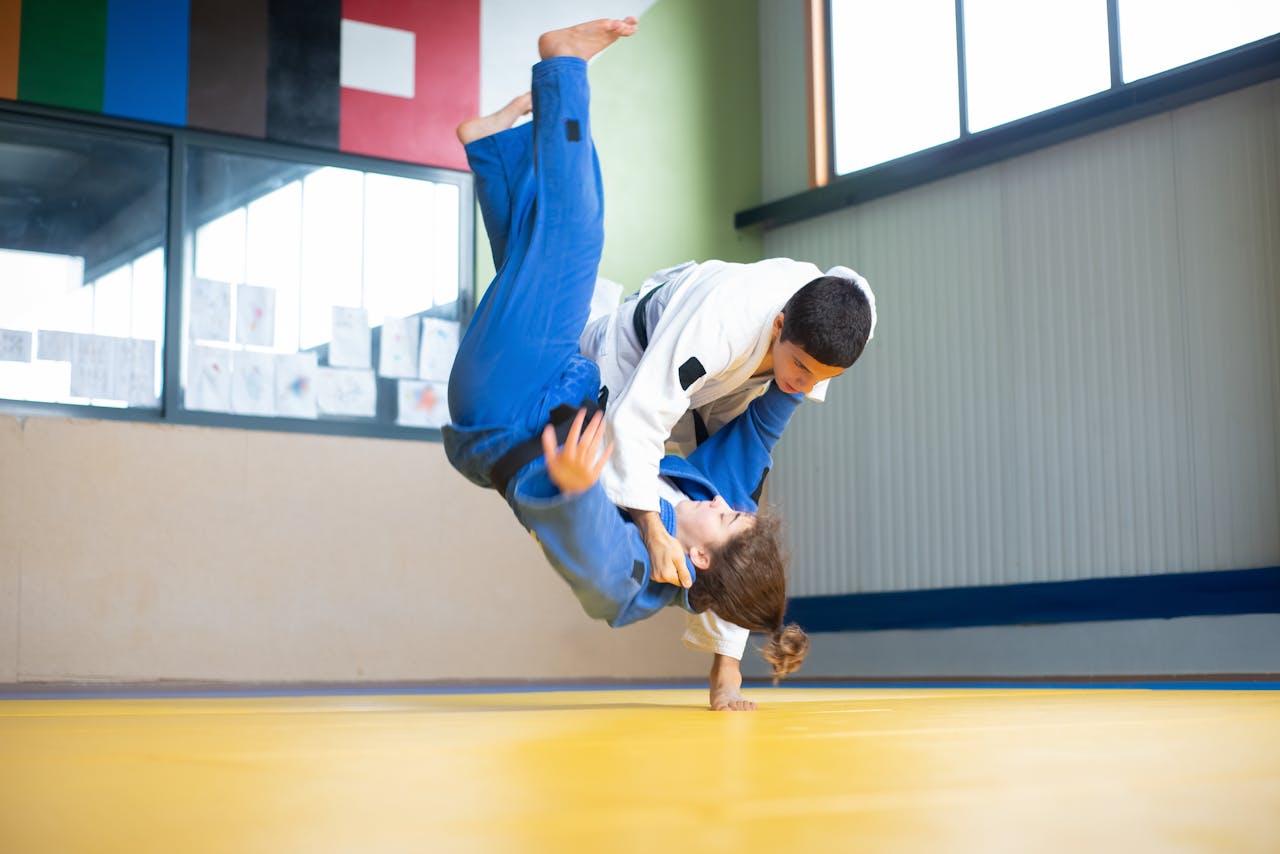Becoming a Judo fighter requires dedication, discipline, and a passion for martial arts. Judo, which means “the gentle way,” is a martial art that emphasizes throws, joint locks, and pins. Whether you’re looking to compete at a high level or simply improve your physical and mental well-being, this guide will help you navigate the path to becoming a Judo fighter.
Step 1: Understand the Basics of Judo
Before diving into training, it’s important to understand what Judo is and its core principles:
- Judo Techniques: Focuses on throwing techniques (nage-waza), grappling techniques (katame-waza), and striking techniques (atemi-waza, though these are less emphasized in modern sport Judo).
- Philosophy: Judo is not just about physical strength but also mental discipline, respect, and continuous self-improvement.
Step 2: Find a Judo Dojo
Locate a reputable Judo dojo (training hall) in your area. Here are some tips for finding the right dojo:
- Research: Look for dojos with experienced and certified instructors.
- Visit: Attend a few classes to observe the training environment and teaching style.
- Ask Questions: Inquire about the instructor’s credentials, class schedules, and any membership fees.
Step 3: Get the Right Gear
To start training, you’ll need the appropriate gear:
- Judo Gi (Uniform): A durable jacket and pants specifically designed for Judo. Make sure it fits well and is comfortable.
- Belt (Obi): Beginners start with a white belt and progress through various colors as they advance in rank.
- Protective Gear: Optional, but some practitioners use mouthguards and knee pads for added protection.
Step 4: Begin Your Training
Once you’ve found a dojo and have the necessary gear, it’s time to start training:
- Warm-Up: Every session begins with a warm-up to prevent injuries and prepare your body for physical activity.
- Basic Techniques: Learn the fundamental techniques, including basic throws, pins, and breakfalls (ukemi) to safely land after being thrown.
- Drills and Sparring: Participate in drills to practice techniques and engage in randori (free sparring) to apply what you’ve learned in a controlled setting.
- Consistency: Attend classes regularly to build your skills and improve your fitness.
Step 5: Advance Through the Ranks
Judo uses a belt system to signify a practitioner’s rank and skill level:
- Kyu Ranks: Beginners start at 6th kyu (white belt) and progress through colored belts (yellow, orange, green, blue, and brown) as they gain proficiency.
- Dan Ranks: After achieving 1st kyu (brown belt), practitioners can test for black belt ranks (dan). The first black belt is 1st dan, and ranks go up from there.
Step 6: Compete in Tournaments
Competing in Judo tournaments can enhance your skills and provide valuable experience:
- Local Competitions: Start with local tournaments to get a feel for competitive Judo.
- National and International Tournaments: As you gain experience, aim to compete in higher-level events. Organizations like USA Judo or the International Judo Federation (IJF) host major competitions.
- Preparation: Train specifically for competitions by focusing on strategy, conditioning, and mental preparation.
Step 7: Maintain Physical and Mental Health
Judo is physically demanding, so it’s important to maintain your health:
- Fitness: Incorporate strength training, cardio, and flexibility exercises into your routine.
- Nutrition: Eat a balanced diet to fuel your training and aid recovery.
- Mental Health: Practice mindfulness, meditation, or other techniques to stay mentally focused and manage stress.
Step 8: Continue Learning and Growing
Judo is a lifelong journey. Continue to seek knowledge and improve your skills:
- Attend Seminars: Participate in seminars and workshops to learn from experienced Judokas.
- Study Judo Literature: Read books and watch videos to deepen your understanding of techniques and Judo philosophy.
- Teach and Mentor: Share your knowledge by teaching beginners or assisting in classes.



